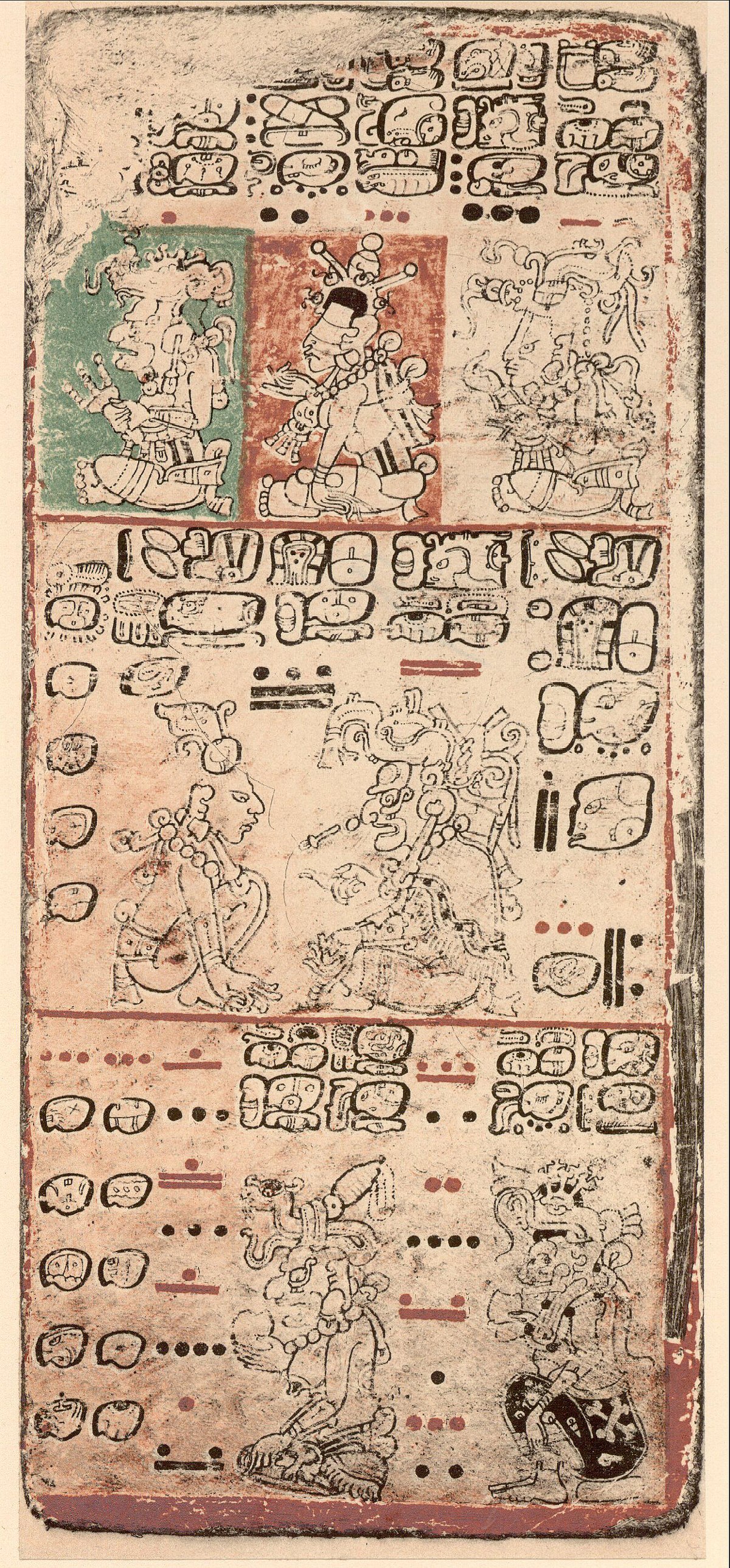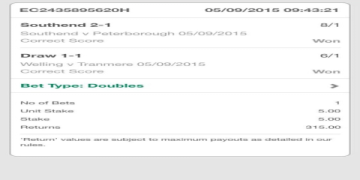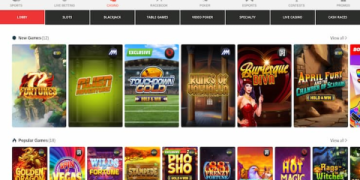Well now, if you’re lookin’ to know a thing or two ‘bout them Mayan folks, their writings, and all that, you’ve come to the right place. I ain’t no scholar, but I reckon I can give ya a simple run-through ’bout them old Mayans and their scribblin’. They had all sorts of ways of markin’ down their stories and ideas, some of ’em fancy, some of ’em a bit more down to earth. And let me tell ya, there’s a whole lot more to it than just marks on stone. So sit back and let me tell ya ’bout the Mayan primary sources, in a way even ol’ Aunt Mabel can understand.
First off, those Mayan folks sure had a way with symbols. They didn’t just write words like we do now. Oh no, they used what we call “hieroglyphs” – now, don’t go gettin’ confused, this ain’t no Egyptian thing, though it sounds mighty fancy. The Mayans had more than 800 of these marks, and some were pictures that stood for things, while others were sounds that made up words. Kinda like how we put letters together to make words, they used them symbols to make their own sentences.
Now, when we talk about Mayan primary sources, we can’t forget about them stelae. That’s just a big fancy word for tall stone slabs. You’ll find these all over the place, stuck up in the ground or standin’ tall like a monument. They were often carved with those Mayan symbols, tellin’ stories about kings, battles, and other big happenings. Not all of ’em survived, mind ya, but the ones that did give us a peek into their world.

The Dresden Codex is a real biggie in the world of Mayan writings. It’s one of the few Mayan books that managed to stick around for us to see. Now, this ain’t no ordinary book – it’s more like a collection of pages that hold all kinds of information. And let me tell ya, it’s got a lot of details ‘bout their calendars and astronomy. It’s where you can learn about the solar cycle and how the Moon and Venus played a big part in their lives. They used it to plan everything from harvests to religious ceremonies. A mighty smart way of keepin’ track of time, if you ask me!
Another important source that gives us a taste of Mayan culture is the Popol Vuh. Now this here is a sacred book, comin’ from the Quich� Mayan folks in Guatemala. It’s full of myths and stories about their gods, how the world was made, and how the humans came to be. It’s like their version of the Bible, full of stories passed down through generations. One of the key stories in the Popol Vuh tells about the hero twins, who had to face down the gods of the underworld. A mighty fine read, if you’re lookin’ for some adventure!
There’s also the Chilam Balam, which is another source that’s mighty important, though it’s a little newer than the others. This one comes from the Yucatecan Mayans and dates back to the 1600s and 1700s. It’s a collection of writings full of prophecies, history, and other lore. The Chilam Balam tells us ‘bout how the Yucatecans saw the world, and how they believed their future would unfold. You’ll find all sorts of stuff in there, from dreams to predictions about the end of times. It’s a window into how they understood their lives and their world.
But the Mayans didn’t just write on books or slabs of stone. Oh no, they also wrote on pottery and lintels. Now, a lintel is just a fancy word for a beam or slab that goes over a door. They’d carve their marks into those too, and often, you’d find these symbols tellin’ stories or celebratin’ important events. It’s like how we might hang up a picture frame or put up a plaque to remember somethin’ important.
One of the most amazin’ things ‘bout the Mayans was how they saw the world. They didn’t think of it like we do. To them, the world was made up of two big places: the sky and the sea. Now, the gods, they didn’t live on Earth like us, no sir. Some lived up in the sky, others down in the sea. It’s like there was a great divide between the two, but both were equally important. The sky god, called the Plumed Serpent, and the sea god, known as Hurricane, both had their own ways of influencin’ the world. There was a lotta power in that emptiness, they believed, and they used their gods to make sense of it all.
In the end, these primary sources from the Mayans give us a real good look at their world. It ain’t just about fancy pictures and symbols, it’s about how they understood the world, their place in it, and their connection to the gods. Every symbol, every story, every scrap of writing tells us somethin’ important about them. And while we may never fully understand all their meanings, we sure can try to piece it all together, just like a good ol’ puzzle.
Tags:[Mayan Civilization, Primary Sources, Mayan Inscriptions, Dresden Codex, Popol Vuh, Chilam Balam, Mayan Mythology, Maya Writing System]























